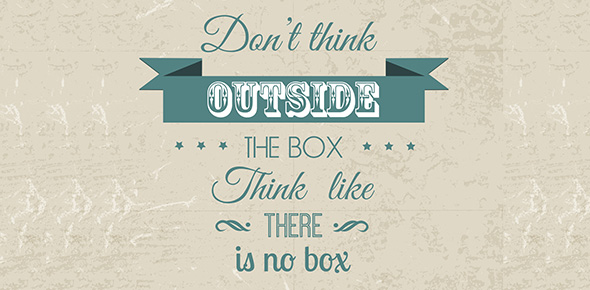Related Flashcards
Related Topics
Cards In This Set
| Front | Back |
|
Who proposed a hierarchy of needs met by human communcation, and what are those needs from most basic to most abstract?
|
Maslow's Hierarchy of Needs
Most basic:
- Physical needs for survival (air, food, sex)
- Safety and Protection Needs (shelter)
- Belonging Needs (inclusion, fun)
- Self-esteem needs (respect)
- Self-Actualization needs
|
|
What does the liklihood of meeting the needs Maslow discussed depends on what?
|
Our ability to participate effectively in a very diverse social world.
|
|
What is a model?
|
It is a representation of what somethinbg is and how it works
|
|
What are linear models of communication? What is the problem with them?
|
The first models of communications, they depicted communications as a linear, or one-way process in which one person acts on another person.
They imply that communication moves in one direction, from sender to passive reciever. THis is not the case as communication is an interactive process
|
|
What is noise in models of communications?
|
Noise is anything that causes a loss of information as the information flows from source to destination. (spam, accents, background noise etc)
|
|
What are interactive models of communications? Describe pros and cons.
|
Communications model that protrayed communication as a process in which listeners give feedback, or response to a message. They also recognize that communicators interpret messages within personal fields of experience and when fields of experience do not over lap well misunderstandings can occur. Problem with them is they still portrayed communications as a sequential process, where as in reality everyone involved in communication both send and receiveve messages
|
|
What are transactional models of communications?
|
Most recent model of communication, it emphasizes the dynamism of interpersonal communication and the multiple roles people assume during the process.
|
|
Describe the three types of interpersonal communications in the communication continuum
|
I-It communication
I-You communication
I-Thou communication
|
|
I-It communication
|
Treat others impersonally, almost as objects. Do not acknowledge the humanity of other people; we may not even affirm their existece
|
|
I-You communication
|
Accounts for the majority of our interactions. People acknowledge one another as more thn objects, but they don't fully engage each other as unique individuals
|
|
I-Thou communication
|
Rarest kind of relationship where each person affirms the other as cherished and unique
|
|
Definition of interpersonal communications
|
Selective, systemic, unique, processual transactions that allow people to reflect and build personal knowledge of one another and create shared meanings.
|
|
Selective aspect of interpersonal communications
|
We select who and at what level we communicate with each individual
|
|
Systemic aspect of interpersonal communications
|
Measn that it takes place within various systems (e.g. societies, culture, belief etc)
|
|
Unique aspect of interpersonal communications
|
At the deepest level, relationships that go beyond social roles, every person is unique and therefore irreplacable.
|








